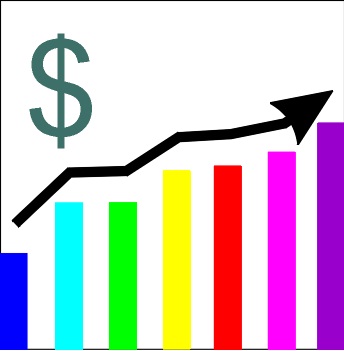In Search of Urgency
Over the past month, I’ve heard the same question from multiple healthcare and insurance clients: “how do I make my product or service a ‘must-have’ rather than a ‘nice-to-have’?”
There are many possible answers to this question. But they all involve behavior change. “The psychology of buying is the psychology of changing,” notes author and business development consultant, Blair Enns. “Selling, therefore, is change management. The very best salespeople are respectful, selective facilitators of change. They help people move forward to solve their problems and capitalize on their opportunities. The rest talk people into things.”
In his book A Sense of Urgency, change guru (and BlissPR client) Dr. John Kotter reminds us that a critical step in the change process is to get people to see that they are facing a dire problem and that a big opportunity awaits. Audiences “need a hyper-awareness of the failings in the present situation,” Kotter notes, “and must be ready with an emotional commitment to fix it.”
Returning to our question, then – “how can I generate a sense of urgency for my product/service?” – the answer is to communicate a “big opportunity.” Get the market’s attention. Highlight the benefits of taking action. Back your assertions up with evidence.
There are many ways to get attention and build credibility. But, in my experience, two of the best are (1) stories and (2) aggregate data.
Stories inspire because – like a ‘zoom’ lens in photography – they allow us to get up close and personal. They get our attention because they remind us that action matters to each of us, as humans. By so doing, they appeal to our hearts as well as our heads.
Aggregate data, on the other hand, is like a wide-angle lens. It allows us to size and underscore the social impact of a ‘big opportunity.’
Take, for example, the problem of global obesity. To get individuals to lose weight and tackle obesity, the media has relied heavily on anecdotes (e.g., stories of weight loss and television shows that chronicle contestants’ successes and failures). Equally notable, however, are reports that assign a social cost to the obesity epidemic. The World Health Organization estimates that in many developed countries, obesity now accounts for up to seven percent of all health care spending. And the McKinsey Quarterly shows that the “US currently spends about $160 billion in medical costs related to obesity – twice what it was paying only a decade ago. The country’s obesity-related medical costs could double again by 2018.”
Anecdotes and aggregate data are two good tactics for generating urgency. What other approaches have you found to be effective?
To reach Meg:
Phone: 212.840.0095
Email: meg@blisspr.com
Twitter: @megwildrick
LinkedIn: Meg Wildrick
